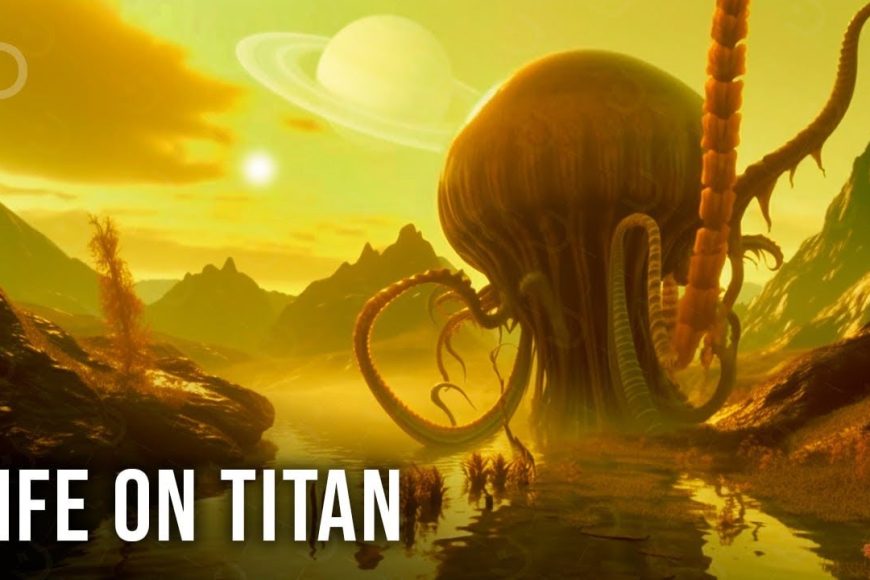- February 19, 2024
- By Shareef Mechanic
- In Saturn
- 94
- 0

The search for extraterrestrial life has long captivated scientists and researchers, with Saturn’s largest moon, Titan, often being a subject of fascination. However, a recent study conducted by Western University in London, Ontario, has cast doubt on the possibility of life existing in Titan’s subsurface. Led by astrobiologist Catherine Neish, the study sheds light on the challenges of finding life elsewhere in our Solar System.
One of the reasons icy moons orbiting giant planets are of particular interest is the belief that they harbor subsurface oceans of liquid water. Titan, for instance, is thought to possess an ocean beneath its icy crust that is over 12 times the volume of Earth’s oceans. “Life as we know it here on Earth needs water as a solvent, so planets and moons with lots of water are of interest when looking for extraterrestrial life,” explains Neish.
Published in the journal Astrobiology, Neish and her collaborators utilized data gathered from impact cratering to determine the amount of organic molecules that could be transferred from Titan’s organic-rich surface to its subsurface ocean. The study reveals that comets impacting the moon’s surface have melted the ice, creating pools of liquid water that mix with surface organics. This heavier water sinks through the ice and potentially reaches Titan’s subsurface ocean. By analyzing the assumed rates of impacts on Titan’s surface, the researchers were able to predict the flow rate of water carrying organics from the surface to the interior.
Neish and her team found that the weight of organics transferred in this manner is no more than 7,500 kg per year of glycine, the simplest amino acid and a building block of proteins. This amount is equivalent to the mass of a male African elephant. The study emphasizes the importance of carbon, as all biomolecules, including glycine, rely on it as the backbone of their molecular structure.
Unlike Titan, other icy worlds such as Europa and Ganymede (moons of Jupiter) and Enceladus (a moon of Saturn) have minimal carbon on their surfaces, making it uncertain how much could be sourced from their interiors. As Titan is the most organic-rich icy moon in our Solar System, if its subsurface ocean is not habitable, it raises doubts about the habitability of other known icy worlds. “It’s hard to have both the water and carbon needed for life in the same place,” Neish explains.
The recent study not only highlights the probable lack of habitability in Titan’s subsurface but also raises questions about the potential for life in the outer gas giants of our Solar System. Neish’s findings suggest that the search for extraterrestrial lifeforms within our own Solar System may be less likely than previously assumed. As scientists continue to explore the mysteries of our cosmic neighborhood, the quest for life beyond Earth remains a tantalizing pursuit, even if the prospects in our own backyard may be bleaker than once hoped.

